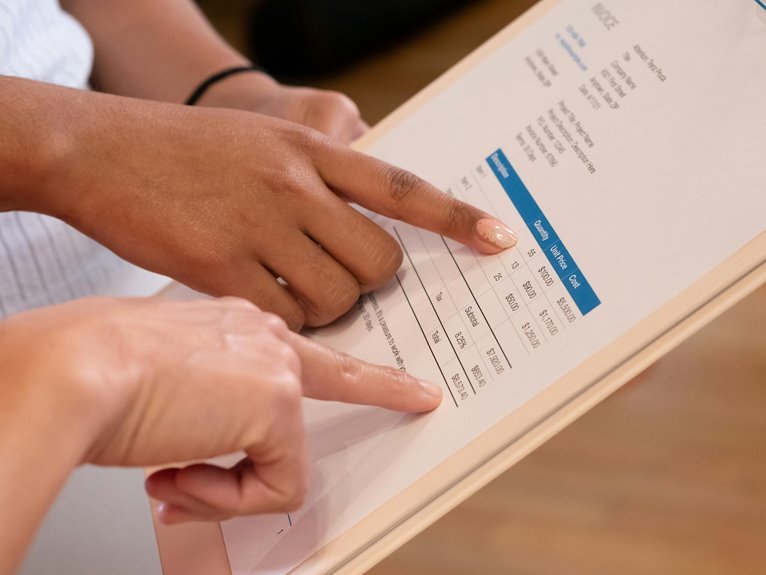Detailed Analysis Across 9713516412, 9713516758, 9715011819, 9724282723, 9725463655, and 9725590142
The analysis of phone numbers 9713516412, 9713516758, 9715011819, 9724282723, 9725463655, and 9725590142 reveals insights into communication behaviors shaped by urbanization and demographic trends. These numbers reflect distinct usage patterns influenced by service providers and user preferences. As younger generations increasingly favor non-voice interactions, the implications for telecommunications strategy become significant. Understanding these dynamics may reveal deeper trends within the evolving landscape of connectivity and user engagement.
Geographical Insights of Analyzed Phone Numbers
While examining the geographical distribution of analyzed phone numbers, one can discern significant patterns that reveal regional communication trends.
Urban trends emerge prominently, indicating a concentration of phone numbers in metropolitan areas, reflecting heightened connectivity.
Such distribution underscores the influence of urbanization on communication practices, where densely populated regions exhibit diverse user behaviors, ultimately shaping the dynamics of interaction within these locales.
Service Provider Associations
Service provider associations play a crucial role in shaping the landscape of telecommunications, influencing how phone numbers are allocated and managed across regions.
These organizations advocate for improved service quality and customer satisfaction, ensuring that providers meet regulatory standards.
Call Pattern Trends and Implications
Recent studies indicate that call pattern trends have shifted significantly over the past decade, reflecting changes in consumer behavior and technological advancements.
An analysis of call frequency reveals a decline in traditional voice communication, particularly among younger caller demographics. This shift suggests a preference for alternative communication methods, prompting service providers to adapt their strategies to meet evolving consumer needs and preferences.
Conclusion
In summation, the study of these six significant phone numbers underscores the striking synergy between geographical insights and service provider strategies. The discernible patterns in call behavior reflect a dynamic shift towards digital communication among diverse demographics. As urban users embrace evolving preferences, service providers must navigate this nuanced landscape to foster fruitful connections. Ultimately, understanding these trends is vital for enhancing user experiences and ensuring sustainable service solutions in the ever-changing telecommunications terrain.






